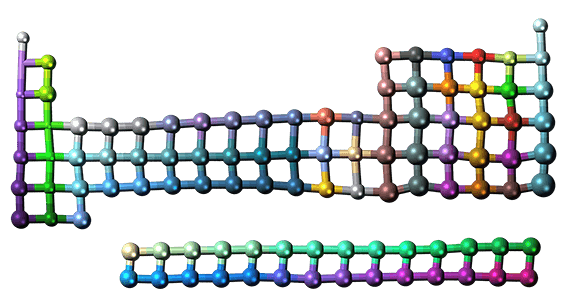The Periodic Table and Chemical Bonding
The Periodic Table
10 Topics | 9 Quizzes
Chemical Bonding and Structures
8 Topics | 7 Quizzes
Ionic and Covalent Compounds
8 Topics | 7 Quizzes
Types of Chemical Reactions
Combination, Decomposition and Displacement Reactions
6 Topics | 5 Quizzes
Oxidation Reactions: Combustion and Corrosion
9 Topics | 8 Quizzes
Acid-Base Reactions
10 Topics | 9 Quizzes
Acid-Metal Reactions
5 Topics | 4 Quizzes
Rates of Chemical Reactions
Rate of a Chemical Reaction
4 Topics | 3 Quizzes
Factors that Affect Rate of Reaction
7 Topics | 6 Quizzes
10 | Summary

10 | Summary
Summary
- The periodic table of the elements lists all the known elements, in a way that reflects periodic trends in their physical and chemical properties.
- Elements are listed in order of increasing atomic number (proton number) and arranged into groups (columns) and periods (rows).
- The layout of the periodic table arranges groups so that they contain elements with similar physical and chemical properties.
- These include alkali metals, alkaline earth metals, halogens and noble gases.
- The layout also reflects patterns in the electron configuration of elements.
- Main groups contain elements with the same number of valence electrons, therefore, they form ions with the same charge.
- Periods contain elements with the same number of electron shells.
- Atom size increases down groups and decreases across periods.
- For metals, reactivity increases down groups and decreases towards the centre of the periodic table (excluding transition metals).
- For non-metals, reactivity decreases down groups and decreases towards the centre of the periodic table (excluding noble gases).

(Image: Jynto, Wikimedia Commons)
